This section describes how to maintain your pile over the weeks or months it will take to generate finished compost. The more often you water and turn the pile (1-2 times per week), the faster material will be composted, but don’t be discouraged if you can’t maintain it as frequently as is ideal. While tending the pile irregularly will slow down the process since less oxygen is added to the pile, everything will still break down eventually.
Adding to the Pile
Because all living materials contain some carbon and some nitrogen and because measuring this ratio accurately would require analysis at the molecular level, DPW generally goes by the rule of 50% green (relatively high in nitrogen) and 50% brown (high in carbon). Adding a little extra carbon might be work better for you if you notice that your pile is very wet or starting to develop a heavy rotting smell, so a 2 to 1 carbon to nitrogen ratio might be better.
Greens
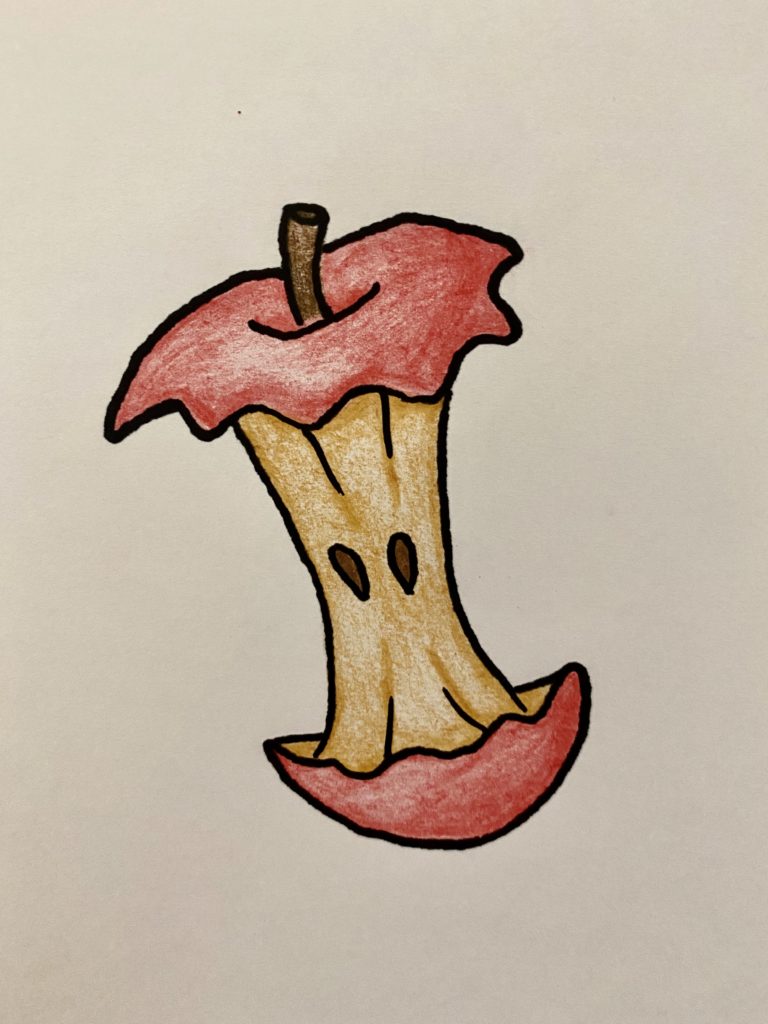
Green material includes items that are still fresh and moist and therefore contain a lot of nitrogen. Fresh grass, fruit and vegetable food scraps, and freshly cut plants, like flowers, are all greens. Coffee grounds, while brown in color, are very rich in nitrogen and are therefore considered a green as well.
Browns
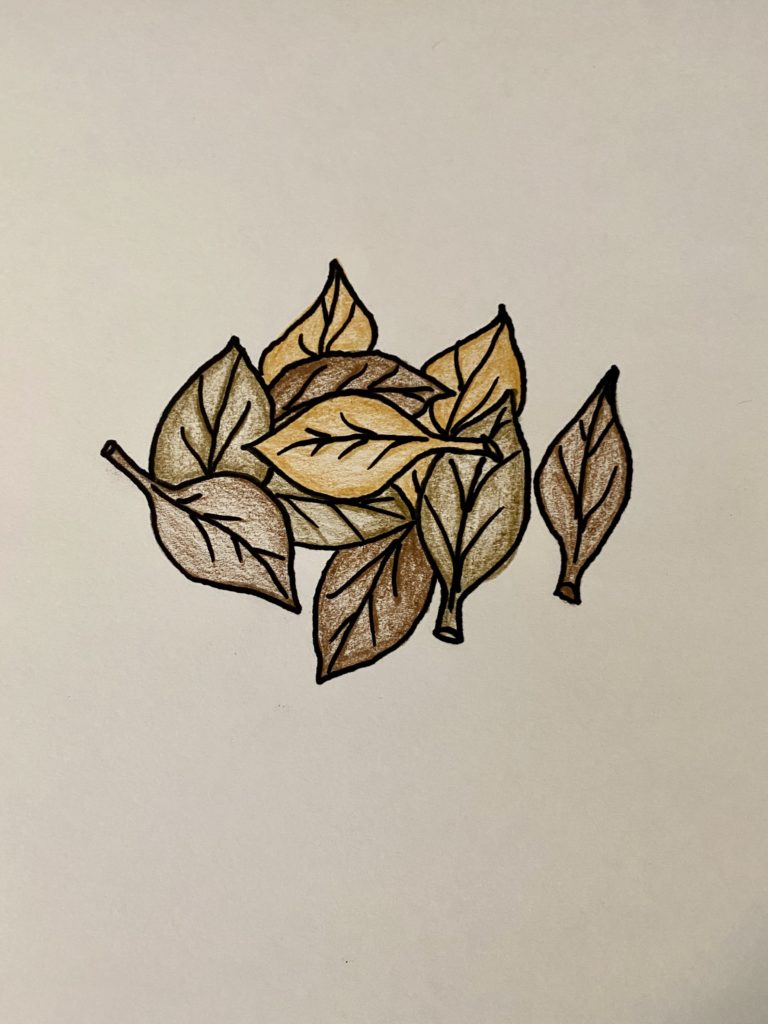
Brown material is material that is dead and dried out. Dried leaves, dried grass, sawdust, newspaper and straw are all considered browns. You will notice that some browns are only browns after they dry; when freshly collected they are considered greens. This is because while the material starts out high in nitrogen, the nitrogen breaks down in the sun and dries out while the carbon remains. Carbon sources like wood chips have a relatively small surface area compared to material like wood shavings with a high surface area, so chunkier carbon materials take longer to decompose.
Eggshells are great for compost, but should be rinsed and crushed before being added to the pile. They add calcium to your compost, and thus are not really considered a brown or green.
You may either mix your materials in your compost bin or add them in layers (they will mix when the pile turns). To reduce flies and odors, keep a layer of carbon on the top of the pile at all times. Fruit flies are only interested in fresh food waste and cannot burrow, so a layer of dried grass or leaves will discourage them. You can also lay a piece of burlap on top of the pile; it will still allow airflow but will help reduce pests and can also retain moisture.
Do Not Add
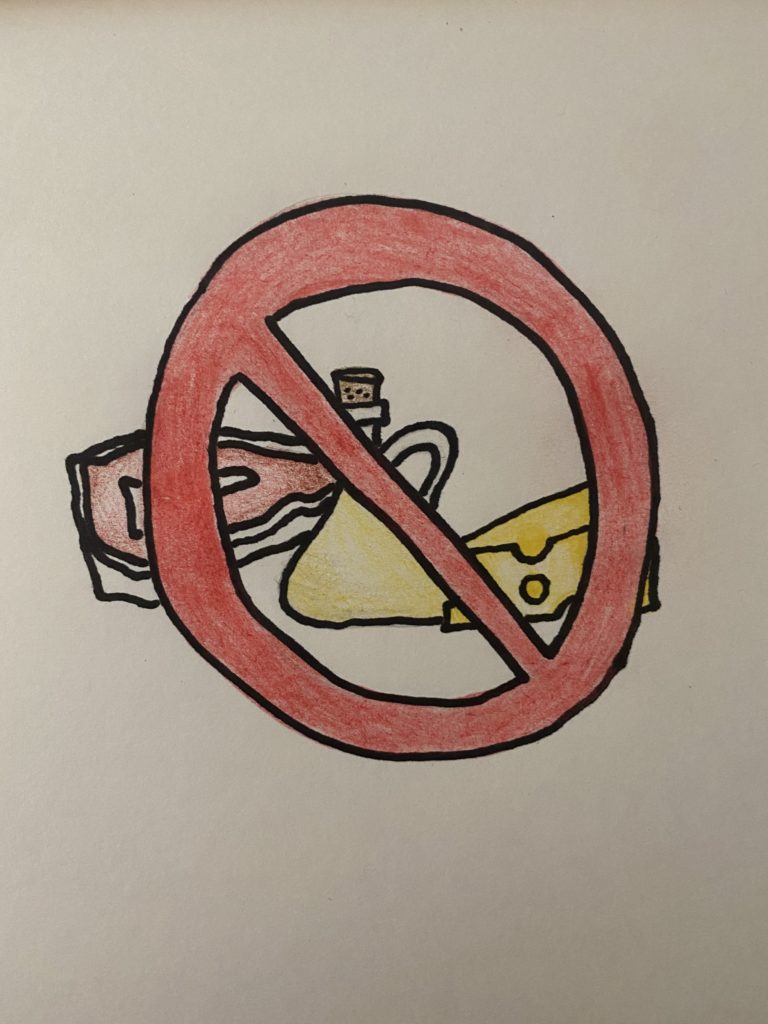
Do not add meat, oil, or dairy to your pile as they will spoil, cause strong odors and attract pests. Limit breads and other cooked grains as they mold very easily and can release spores when the pile is turned.
Maintaining the Pile
To maintain your pile, after adding the right amounts of carbon and nitrogen, you must balance the three factors that are necessary for aerobic composting to occur:
Oxygen
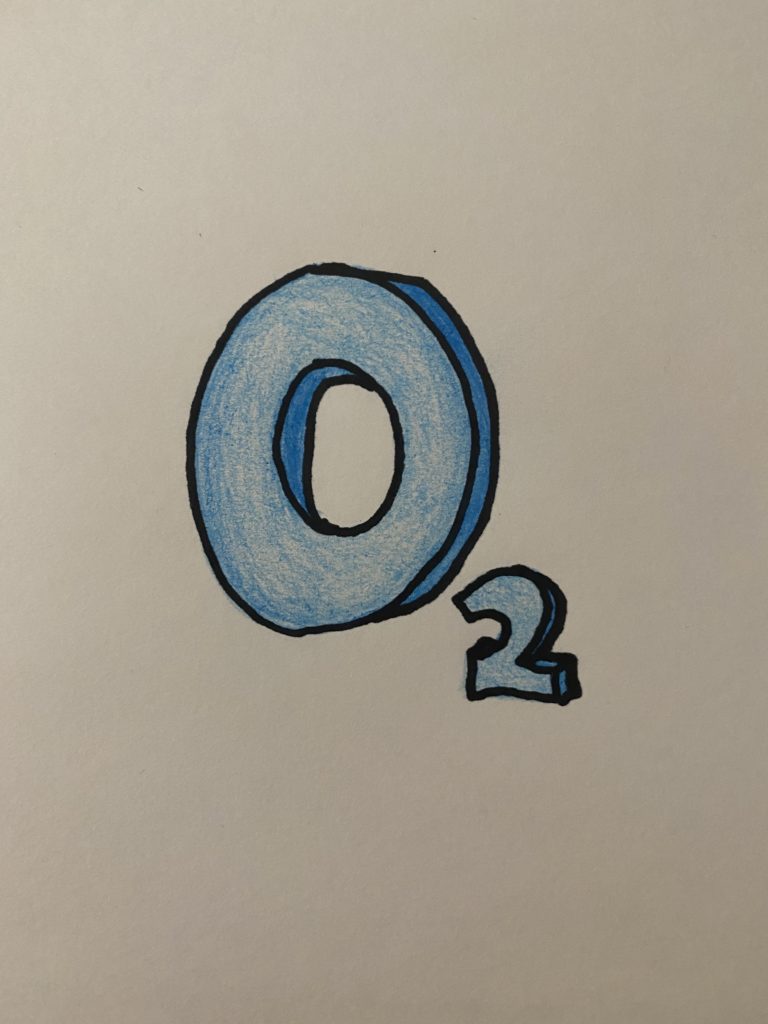
Oxygen: Microbes consume oxygen as they break down waste into compost, so circulation is needed to replenish the supply. Turning your compost pile with a shovel or pitchfork is what adds in that oxygen. Increasing air flow will increase evaporation, so you must also keep an eye on the moisture level in your pile.
Moisture
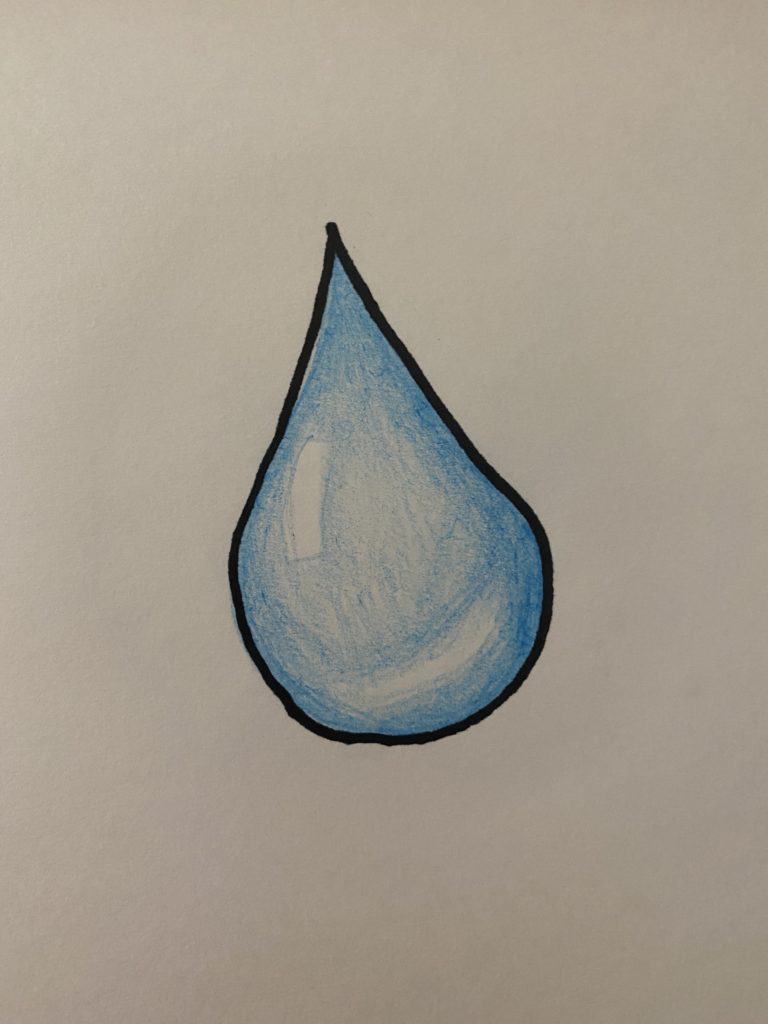
Moisture: Composting microbes need moisture to survive; if the pile dries out the process will come to a halt. The pile should be fairly wet but not soaked as too much water will cause mold and block oxygen flow. If your compost feels like a damp, wrung out sponge, then you’re doing the right thing!
Temperature
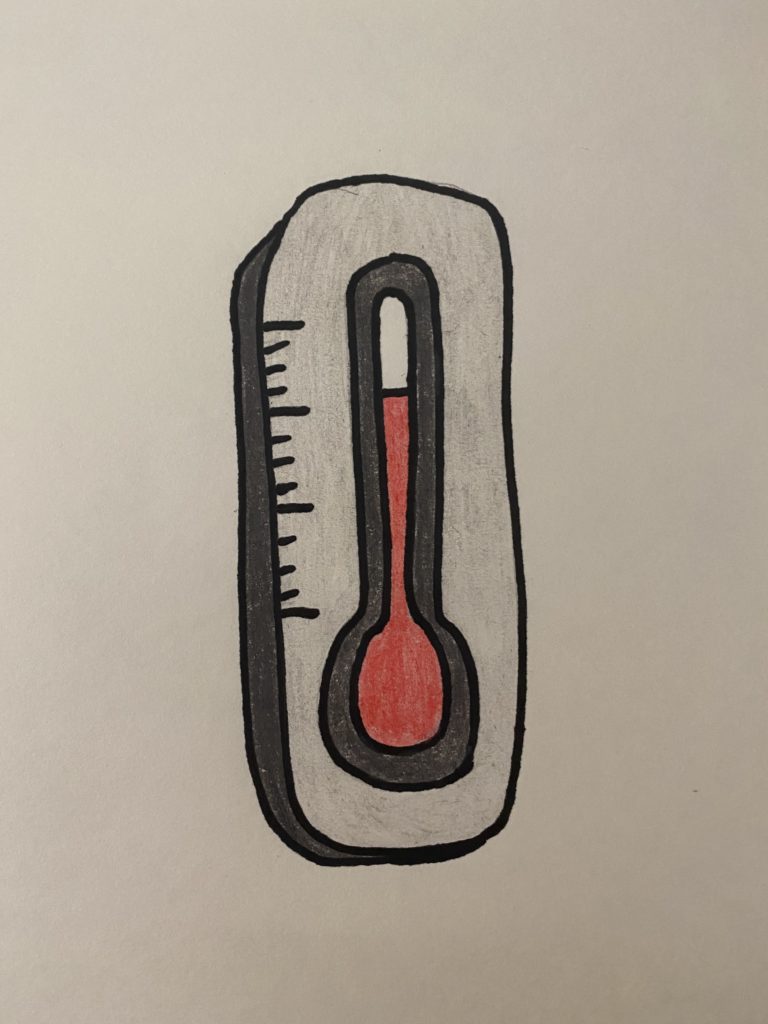
Temperature: The composting process generates heat, and the hotter the pile is, the faster the decomposition process will occur. Your pile will also insulate itself, which is why you want as large of a volume as possible. For rapid composting you should try to hit a temperature of at least 90 degrees Fahrenheit and as close to 160 degrees without going over. Temperatures above 160 will kill your microbe population and halt the process. High temperatures will increase evaporation, so hotter piles may require more frequent waterings.
To keep all of these factors in balance, you should turn the pile up to 2 times per week. Turning the pile means using a shovel or pitchfork and mixing material with the goal that all parts be at least briefly exposed to air and all material eventually spends some time in the center of the pile where temperatures are highest. You should water the pile as you turn so each layer receives even moisture. Watering the top of a large pile without turning is less effective at moving the water to where it is needed most.
After the pile reaches around 80-90 degrees Fahrenheit, you want to stop adding greens and limit the amount of browns so that the compost can cure. Keep turning the piles regularly to add oxygen.
If you have two bins, you should fill one completely, then start filling the second. Material in the first bin will decrease in volume as it breaks down; do not add new material to refill the bin. Turn and water both bins regularly. When the pile looks like dark brown soil, then it is ready to harvest.
For more information about harvesting, see our Harvesting page, and check Troubleshooting if you have any issues!
